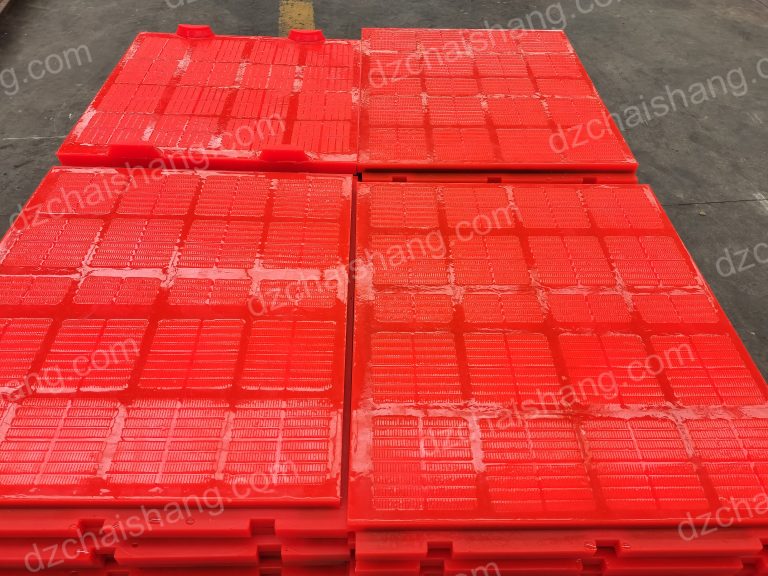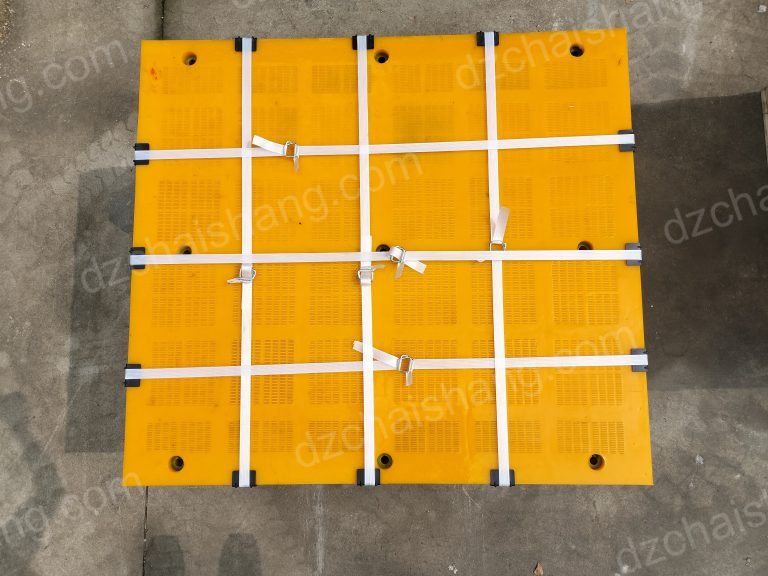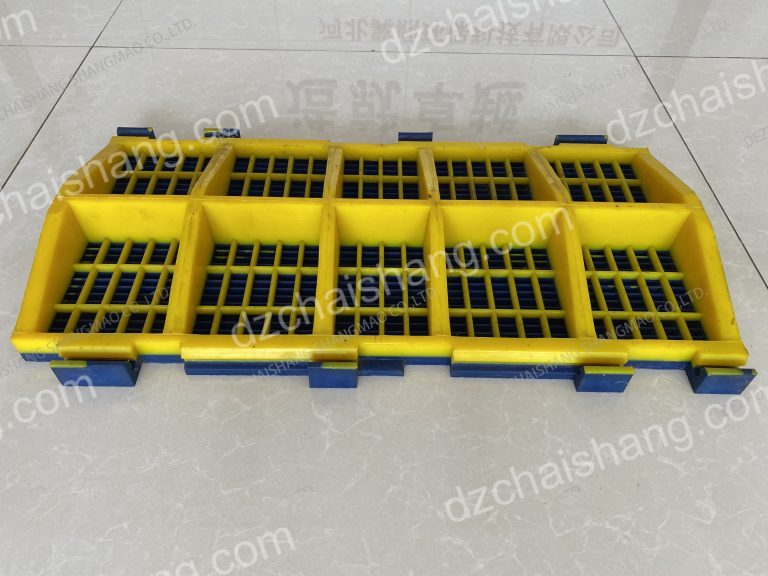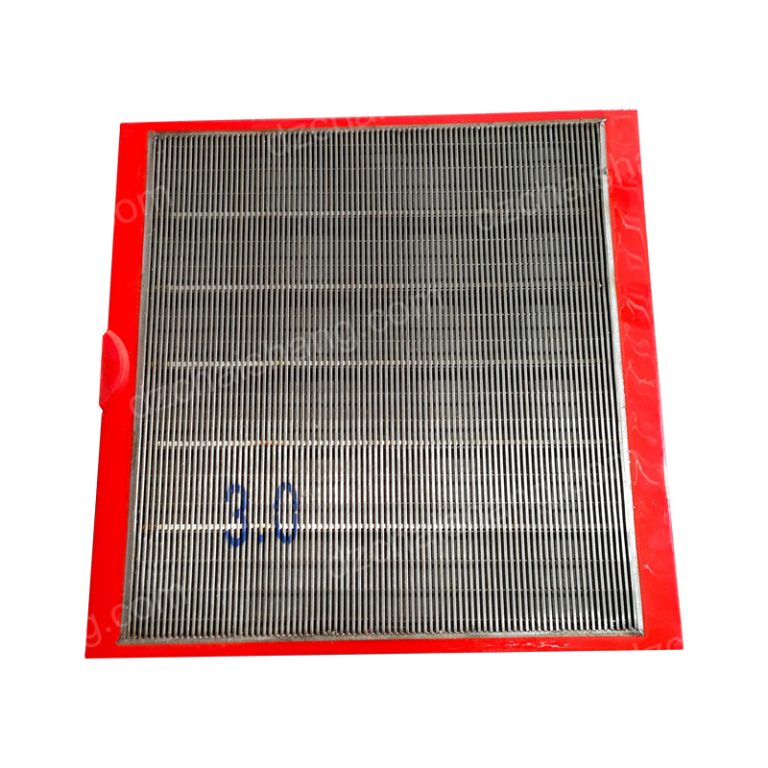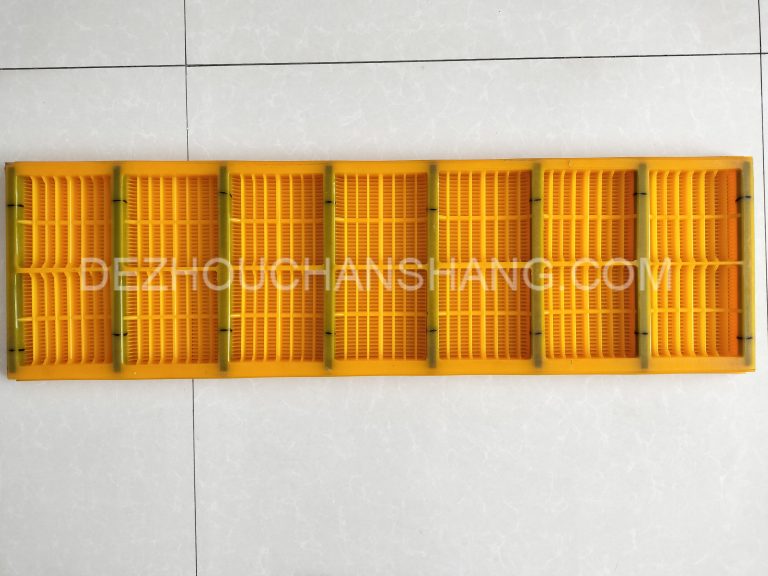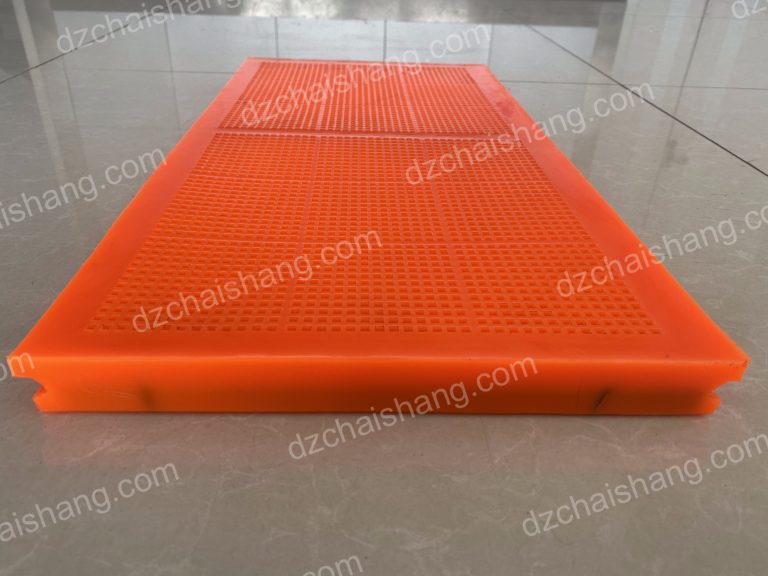When using polyurethane mesh, what will affect its service life?
Environmental factors affecting the service life of polyurethane mesh
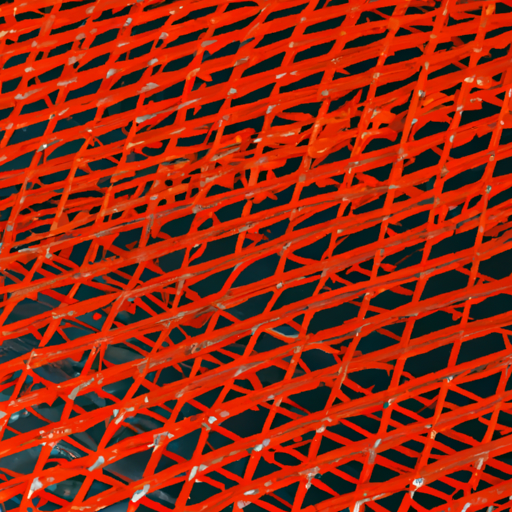
Polyurethane mesh is a versatile material that finds applications in various industries, including mining, agriculture, and construction. Its durability and resistance to wear and tear make it a popular choice for many applications. However, like any other material, the service life of polyurethane mesh can be affected by several environmental factors. In this article, we will explore these factors and understand how they can impact the longevity of polyurethane mesh.
One of the primary environmental factors that can affect the service life of polyurethane mesh is exposure to sunlight. Ultraviolet (UV) radiation from the sun can cause the material to degrade over time. The UV rays break down the chemical bonds in the polyurethane, leading to a loss of strength and flexibility. To mitigate this, manufacturers often add UV stabilizers to the polyurethane during the production process. These stabilizers help to absorb the UV radiation and prevent it from damaging the material. However, over time, these stabilizers can become depleted, especially if the mesh is constantly exposed to sunlight. Therefore, it is essential to protect polyurethane mesh from prolonged exposure to direct sunlight to ensure its longevity.
Another environmental factor that can impact the service life of polyurethane mesh is temperature. Extreme temperatures, both hot and cold, can cause the material to expand or contract, leading to dimensional changes. This can result in the mesh becoming distorted or losing its shape. Additionally, temperature fluctuations can also affect the mechanical properties of the material, making it more susceptible to damage. To counteract the effects of temperature, it is crucial to store and use polyurethane mesh within the recommended temperature range specified by the manufacturer.
Moisture and humidity levels are also significant factors that can affect the service life of polyurethane mesh. When exposed to water or high humidity, polyurethane can absorb moisture, which can lead to swelling and softening of the material. This can compromise its structural integrity and make it more prone to damage. Additionally, moisture can also promote the growth of mold and mildew, which can further deteriorate the mesh. To prevent moisture-related issues, it is essential to keep polyurethane mesh dry and store it in a controlled environment with low humidity levels.
Chemical exposure is another environmental factor that can impact the service life of polyurethane mesh. Polyurethane is generally resistant to many chemicals, but certain substances can cause it to degrade or become brittle. Acids, solvents, and strong oxidizing agents are particularly harmful to polyurethane. Therefore, it is crucial to avoid contact with these substances and ensure that the mesh is not exposed to chemical environments that can compromise its integrity.
In conclusion, several environmental factors can affect the service life of polyurethane mesh. Exposure to sunlight, extreme temperatures, moisture, humidity, and chemicals can all contribute to the degradation of the material over time. To ensure the longevity of polyurethane mesh, it is essential to protect it from prolonged exposure to sunlight, store and use it within the recommended temperature range, keep it dry and away from high humidity levels, and avoid contact with harmful chemicals. By taking these precautions, users can maximize the lifespan of polyurethane mesh and ensure its continued performance in various applications.

